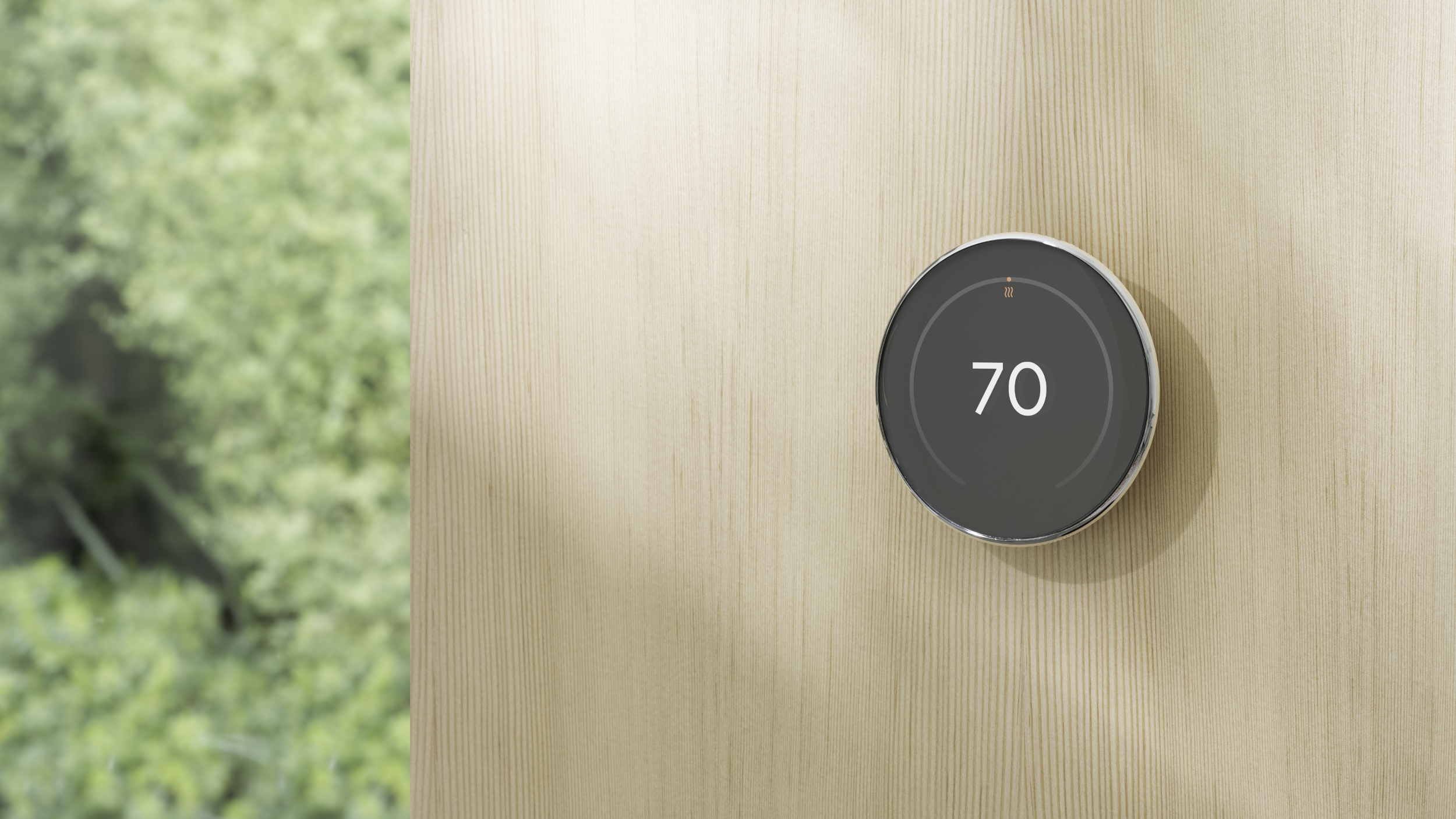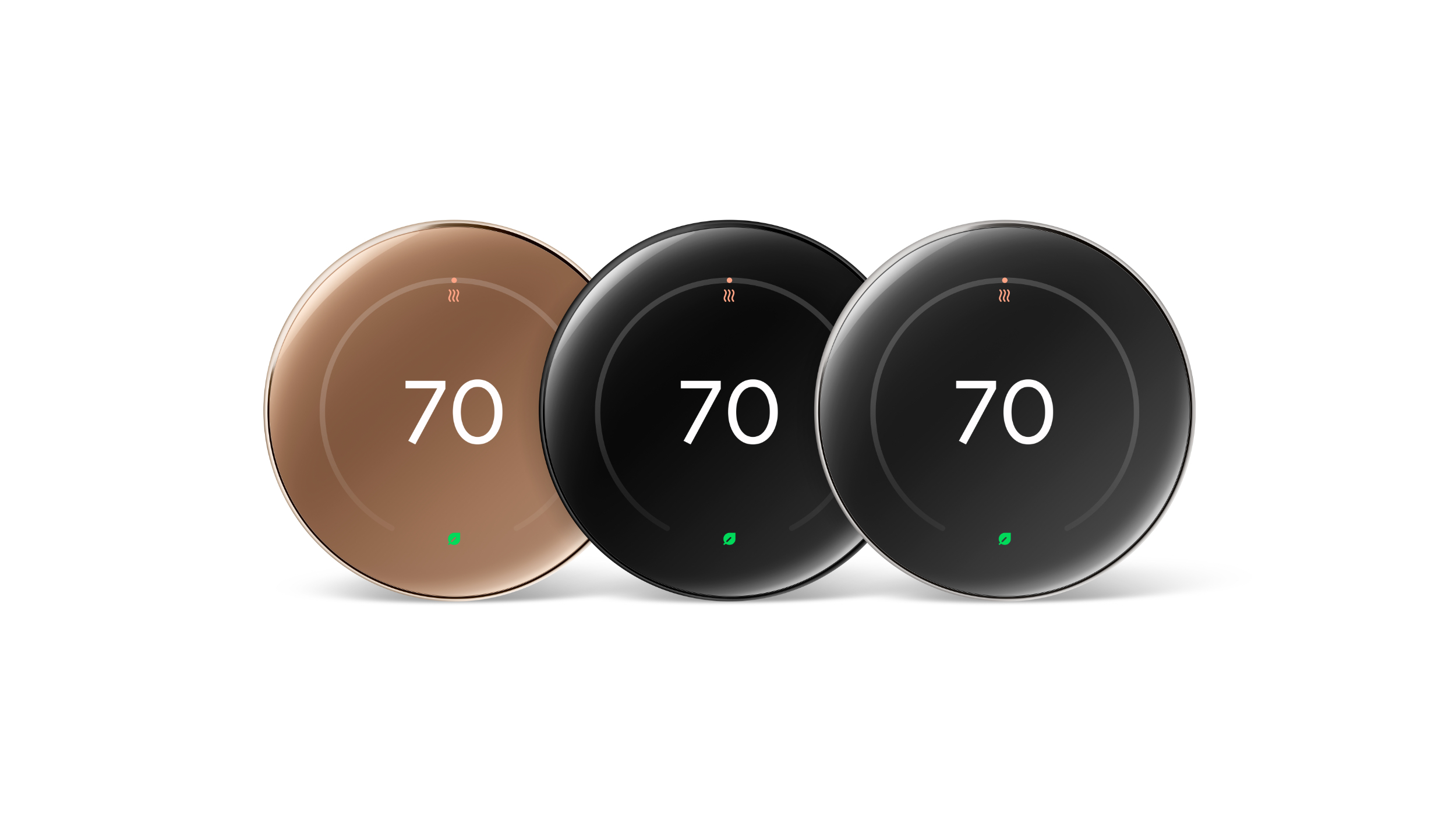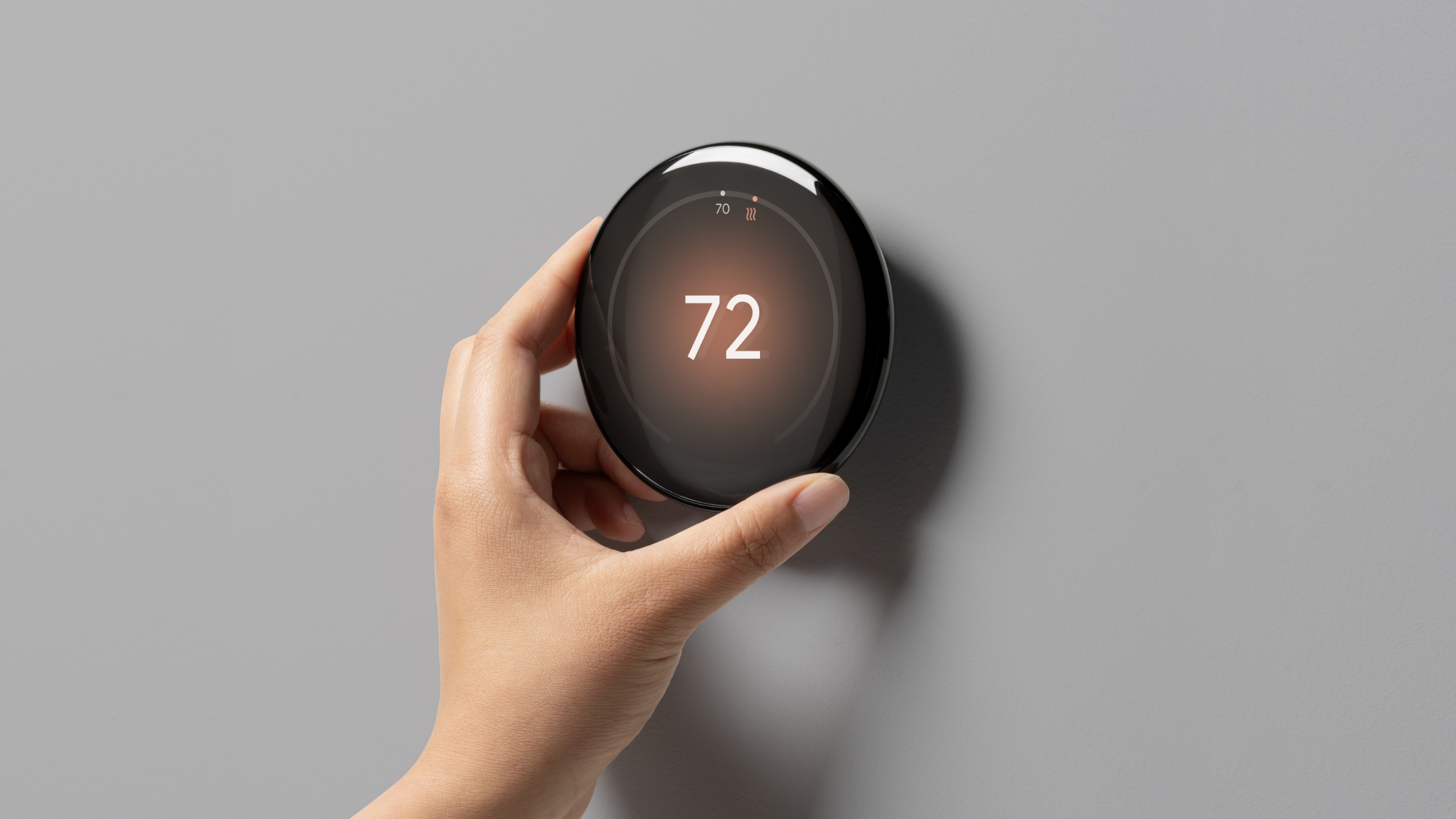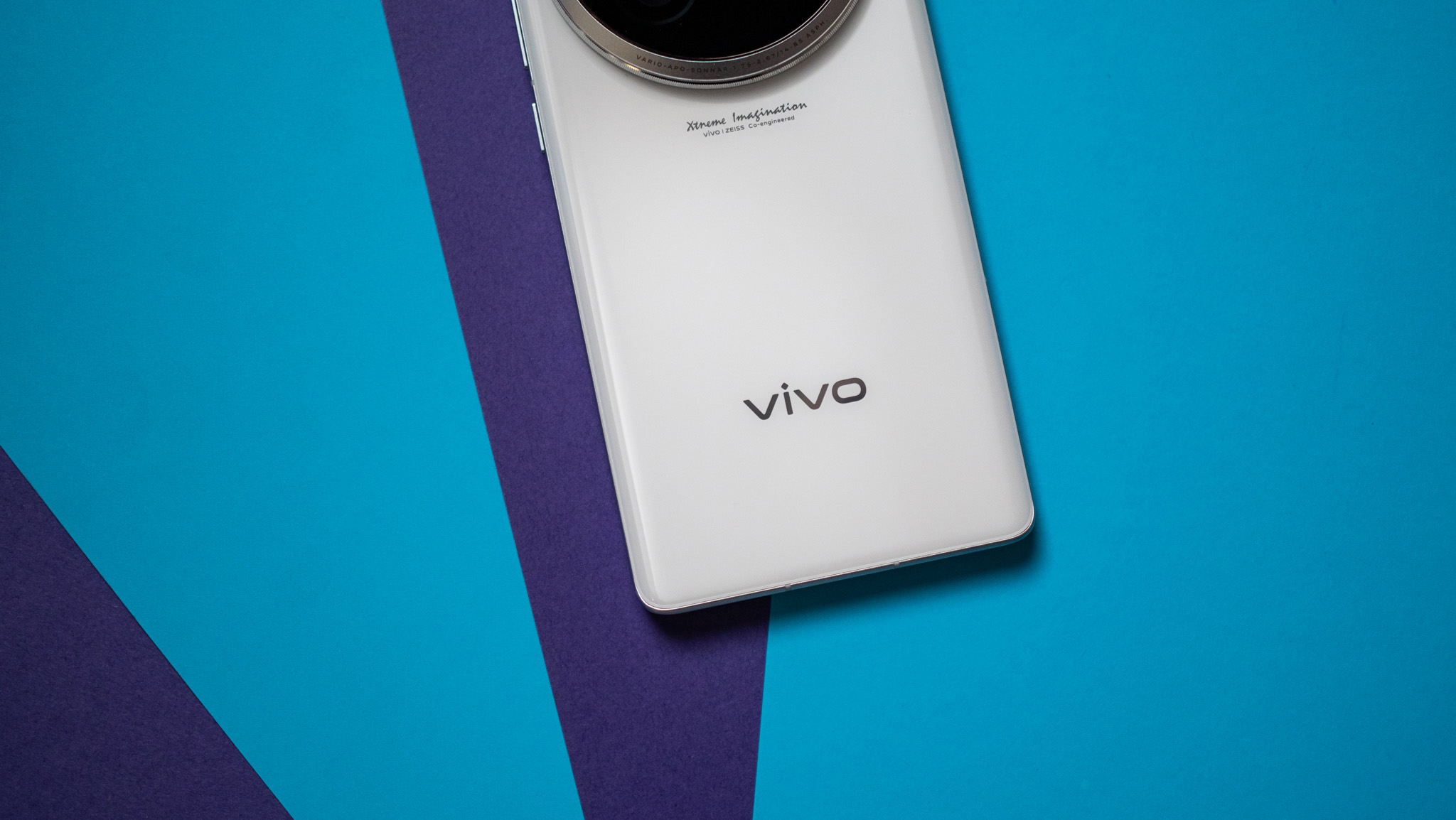The new Nest Thermostat has a better display and you can personalize its home screen
It also ships with a Nest temperature sensor out of the box for the first time.

What you need to know
- Google’s new Nest Learning Thermostat (4th Gen) features a customizable home screen, Dynamic Farsight, and a nearly bezel-less display.
- It’s priced at $280 in the U.S., and is packed with features like a 2.7-inch crystal LCD screen that’s 60% bigger than before and a sleek, reduced-bezel design.
- Each unit comes with a Nest Temperature Sensor (2nd Gen), and extra sensors are available for $40 each or $100 for three.
- It’s compatible with any Matter-enabled smart home system, so you can integrate it with Alexa, HomeKit, or SmartThings.
Almost a decade after the last refresh to its Nest thermostat, Google today launched the fourth-generation Nest Learning Thermostat with a customizable home screen, a new “Dynamic Farsight” feature, and a nearly bezel-less display.
The new Nest thermostat is available to buy in the U.S. for $280, with shipping scheduled to start on August 20. Each thermostat comes with a Nest Temperature Sensor (2nd Gen). If you need extra sensors for more precise temperature control, they're available for $40 each or $100 for a three-pack.
At this price, the new Nest thermostat is Google’s priciest model yet, but it may arguably be worth it with the advanced Nest Temperature Sensor included. You can get it in Polished Obsidian, Polished Silver, and Polished Gold finishes.

Google says the new temperature sensor is designed to smooth out temperature differences throughout your home.
You can set the thermostat to focus on the temperature of one room or balance the climate across several spaces with extra sensors. Users can also choose which sensors to prioritize at different times of the day.
Google has kept the Nest's iconic stainless steel casing but paired it with a larger, rounded glass display. The new crystal LCD screen is now 2.7 inches, which is 60% bigger than before.

The new smart thermostat breaks away from the previous flat design by reducing the bezel around the display. This allows the user interface to extend beyond the old black border seen on the third-gen model.
Be an expert in 5 minutes
Get the latest news from Android Central, your trusted companion in the world of Android
Google has also packed a ton of AI into the new thermostat. It can set up smart schedules that learn your preferred temperatures and adjust accordingly. If your routine changes, like waking up earlier or going to bed later, Smart Schedule tweaks itself to keep you comfortable and save energy.
The classic Eco feature has been upgraded to Adaptive Eco, which smartly balances energy savings and comfort. It figures out the best indoor temperature based on outside conditions, so you’ll return to a comfy home within an hour of arriving, as per Google.
Users can either let the energy-saving tips automate themselves or manually approve or decline them through the Google Home app.

A big perk of the latest-generation thermostat is that it works with any Matter-enabled smart home system. So, you’re not stuck with just Google Home—you can also integrate it with Alexa, HomeKit, or SmartThings.
Another upgrade is Dynamic Farsight, which takes the old Farsight feature to the next level. Previously, the thermostat's display would light up when you got close, showing you key information like the temperature, weather, and time.
Now, Dynamic Farsight gives a customized visual experience. From afar, you can set what shows up on the display, and as you get closer, more details appear. It can display weather conditions with visuals like cloud images for foggy days and offer clock faces inspired by the Pixel Watch. Plus, you can design your own home screen look.
These upgrades make the new Nest Learning Thermostat a top contender in the smart thermostat market. Its Matter compatibility, advanced temperature sensor, and sleek design put it ahead of the competition.

Jay Bonggolto always keeps a nose for news. He has been writing about consumer tech and apps for as long as he can remember, and he has used a variety of Android phones since falling in love with Jelly Bean. Send him a direct message via Twitter or LinkedIn.
You must confirm your public display name before commenting
Please logout and then login again, you will then be prompted to enter your display name.
